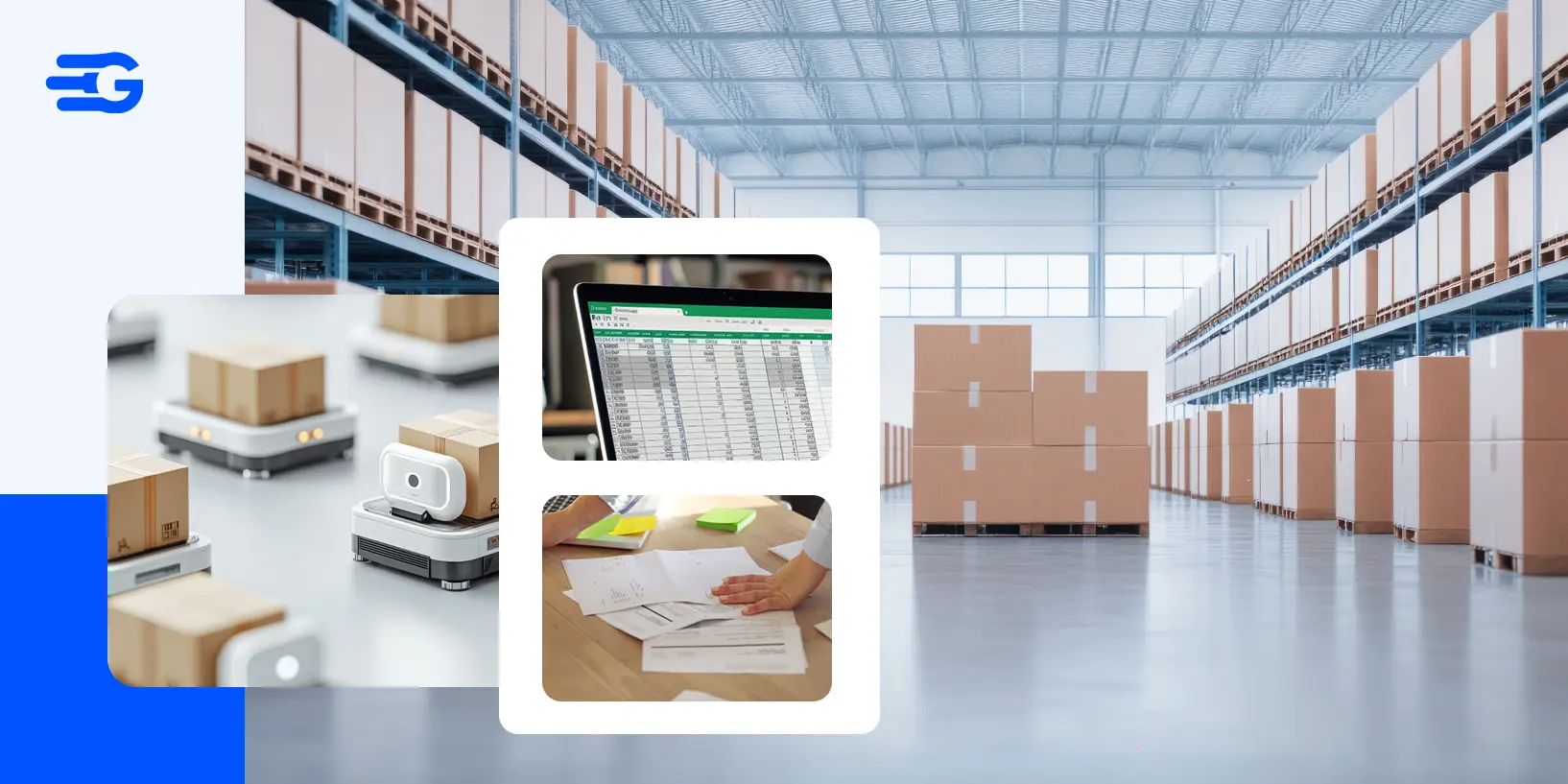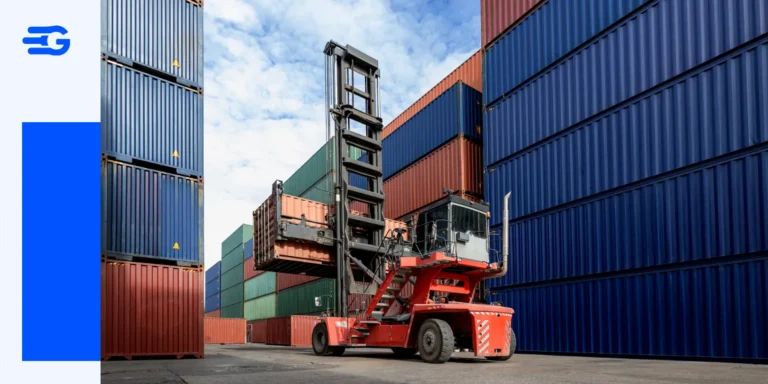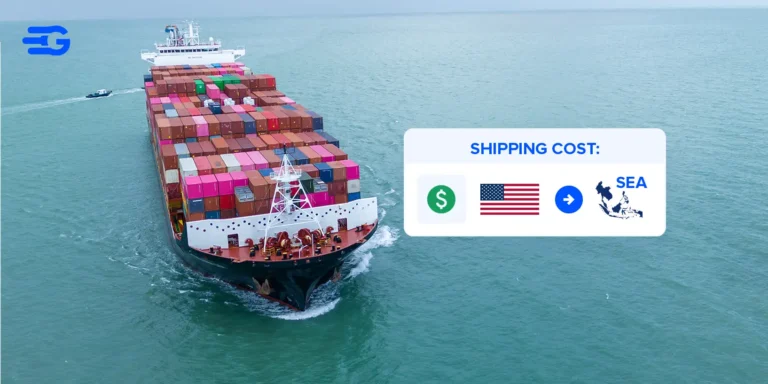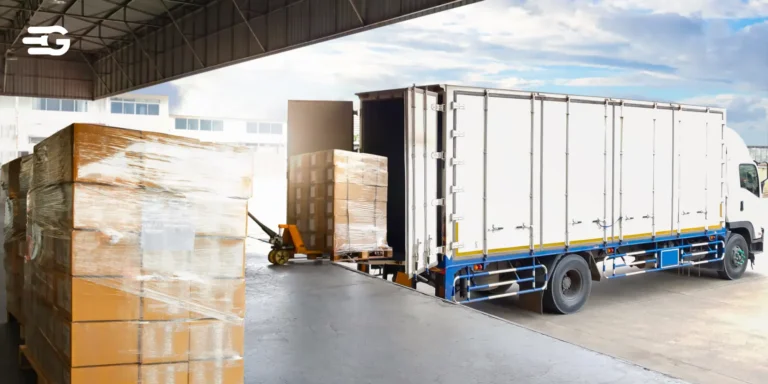Pegging Supply Chain Explained: Definition, Strategies, and Implementation
Your planners keep asking where demand is coming from. Production schedules are chaotic because nobody knows which orders are driving component requirements. Sound familiar? That’s where pegging supply chain comes in – it’s basically connecting every piece of demand back to its source, so you’re not constantly scrambling.
Maybe you need to trace why you suddenly need 500 more units of a component, or figure out which customer orders will be impacted if a supplier shipment is delayed. It’s about creating visibility in a supply chain that’s otherwise a black box. Alright, enough premise. Let’s now get into the meat of it.
What is Pegging Supply Chain?
Pegging supply chain is basically tracing demand requirements back to their original sources or tracking supply forward to see what it will fulfill. Think of it like connecting the dots – instead of wondering why you need something, you can trace it back to the exact customer order or forecast that’s driving it.
In simple terms, pegging in supply chain means connecting your supply and demand through traceable relationships. Maybe you see a requirement for 1,000 units, and pegging shows you that 600 are for Customer Order A, 300 for Customer Order B, and 100 for safety stock. Or when a supplier confirms delivery, pegging reveals which customer orders will be fulfilled by that shipment. The idea is to create visibility where there usually isn’t any.
Types of Pegging Supply Chain Strategies
Different businesses need different levels of traceability, so pegging supply chain strategies come in several flavors. Each one tackles a specific visibility challenge that keeps operations managers up at night.
Multi-Level Pegging
This traces relationships through complex bill of material structures. Your finished product requirement traces back through subassemblies to individual components, showing the complete chain of dependencies. It maps the entire network of how demand flows through your product structure.
Backward Pegging (Demand Pegging)
This is probably the most common pegging supply chain approach. You trace demand requirements upstream to see what’s driving them. A planner sees they need 500 units of a component, and backward pegging shows it’s for three specific customer orders placed last week, not general forecast increases. It helps you understand the “why” behind every requirement in your system.
Forward Pegging (Supply Pegging)
Here, you’re tracking how available supply gets allocated to meet various demands. When inventory arrives or production completes, forward pegging shows which customer orders can now be promised for delivery. Manufacturers use this pegging supply chain strategy to see which production orders support rush deliveries versus standard replenishment, helping them prioritize shop floor activities.
Time-Phased Pegging
You’re connecting supply and demand across different time periods. Your system shows which future supply sources will fulfill specific customer commitments, helping with accurate order promises. This pegging supply chain method is crucial for businesses with long lead times where timing relationships matter as much as quantity relationships.
Each strategy solves different visibility problems, and smart businesses often combine multiple approaches to create complete supply chain transparency.
Benefits of Using Pegging Supply Chain
When you implement pegging supply chain strategies correctly, the benefits go way beyond just better reporting. You’re essentially buying operational control and planning accuracy.
Accurate Order Promising and Customer Service
The biggest win from pegging supply chain is knowing exactly when you can deliver to customers. Instead of guessing based on aggregate inventory levels, you can see that Customer Order 12345 will be fulfilled by Purchase Order 67890 arriving next Tuesday plus 200 units from current stock. This makes customer commitments reliable instead of hopeful estimates.
Proactive Shortage Management
Every business faces supply disruptions – supplier delays, quality issues, production problems. Pegging supply chain strategies don’t prevent these issues, but they make them manageable. When a supplier reports a delay, you immediately know which customer orders are impacted rather than having to analyze the entire demand picture. You can focus your attention where it matters most.
Better Production Planning and Prioritization
When your production schedule is visible down to which customer orders drive each work order, you can prioritize based on actual customer needs. Rush orders get appropriate attention, standard replenishment runs efficiently, and planners can make informed decisions about resource allocation instead of just following system-generated sequences.
These benefits compound over time, creating planning accuracy that’s hard for competitors to match.
How to Start Using Pegging Supply Chain
Getting started with pegging supply chain doesn’t require a complete system overhaul. The key is starting with your most critical items and building visibility where it matters most.
Step 1: Identify Your Biggest Visibility Gaps
Start by looking at your planning challenges from the past year. Where did you make commitments you couldn’t keep? What caused the biggest customer service issues? Maybe you promised deliveries without knowing if you had the right components, or you couldn’t explain to customers why their orders were delayed. Don’t just guess – pull actual examples from your order management system.
Talk to your planners about what information they wish they had. The visibility gaps that cause customer complaints or planning errors are your priority targets for pegging supply chain strategies.
Step 2: Choose the Right Pegging Strategy
Match your strategy to your specific visibility need, not what worked for another company. If you struggle with order promising, forward pegging is your answer. If you can’t explain why component requirements keep changing, focus on backward pegging supply chain approaches.
Look at your product structure too – simple products might only need single-level pegging while complex assemblies require multi-level traceability. Your ERP system capabilities will also influence which pegging strategies are practical to implement.
Step 3: Start Small and Test
Don’t try to trace everything at once. Pick one product family or one customer segment and implement pegging for 3-6 months. Maybe start with your highest-volume product line or your most important customer orders. See how it works, learn what you missed, then expand. This pegging supply chain approach lets you work out the system issues without disrupting your entire operation.
Step 4: Ensure Data Quality and System Discipline
Pegging supply chain strategies work best when your master data is accurate and transactions are processed promptly. Make sure your bills of materials are current, your inventory transactions are timely, and your demand sources are clearly identified. Poor data quality makes pegging results unreliable and reduces planner confidence in the system.
Step 5: Train Users and Monitor Performance
Set up training so planners understand how to interpret pegging information, not just access it. Include specific examples of how pegging helps with order promising, shortage management, and production prioritization.
Track whether your pegging supply chain implementation is actually improving performance. Are order promising accuracy rates improving? Are shortage resolution times decreasing? Monitor the results so you know what’s working and what needs adjustment.
Common Mistakes to Avoid
Even well-intentioned pegging supply chain implementations can fail if you fall into these common traps. Learning from others’ mistakes is cheaper than making your own.
- Trying to Peg Everything at Once
Don’t attempt to trace every item in your system immediately. Start with your most critical products and customers, then expand coverage as users become comfortable with the process. Over-complicating pegging rules makes the system difficult to maintain and reduces user adoption.
- Ignoring Data Quality Requirements
Pegging depends on accurate bills of materials, routing information, and demand sources. Your system needs to know how products are built and where demand originates before it can create meaningful pegging relationships. Poor master data makes pegging results unreliable and frustrates users.
- Setting Unrealistic Planning Horizons
Don’t extend pegging relationships too far into the future where forecasts become unreliable. Most businesses find that pegging provides the most value for the next 3-6 months of planning horizon. Beyond that, the connections become less meaningful for day-to-day decision making.
- Focusing on Reports Instead of Decisions
Set up pegging to support specific business decisions like order promising, order management, and production prioritization. The goal is enabling better decision-making, not just generating more detailed reports that nobody uses.
Conclusion
Running a supply chain gets a lot easier when you can instantly see what’s driving demand and which supply sources will fulfill specific customer commitments. Pegging supply chain just gives you that fundamental visibility so planners can make informed decisions instead of educated guesses about priorities and resource allocation.
Start with whatever’s been your biggest planning challenge lately – maybe order promising accuracy or shortage management. Try implementing pegging for one product line and see how it feels to have that visibility into your supply and demand relationships.
Check out a GoComet demo if you want to understand how technology can help you with supply chain visibility and pegging implementation.





